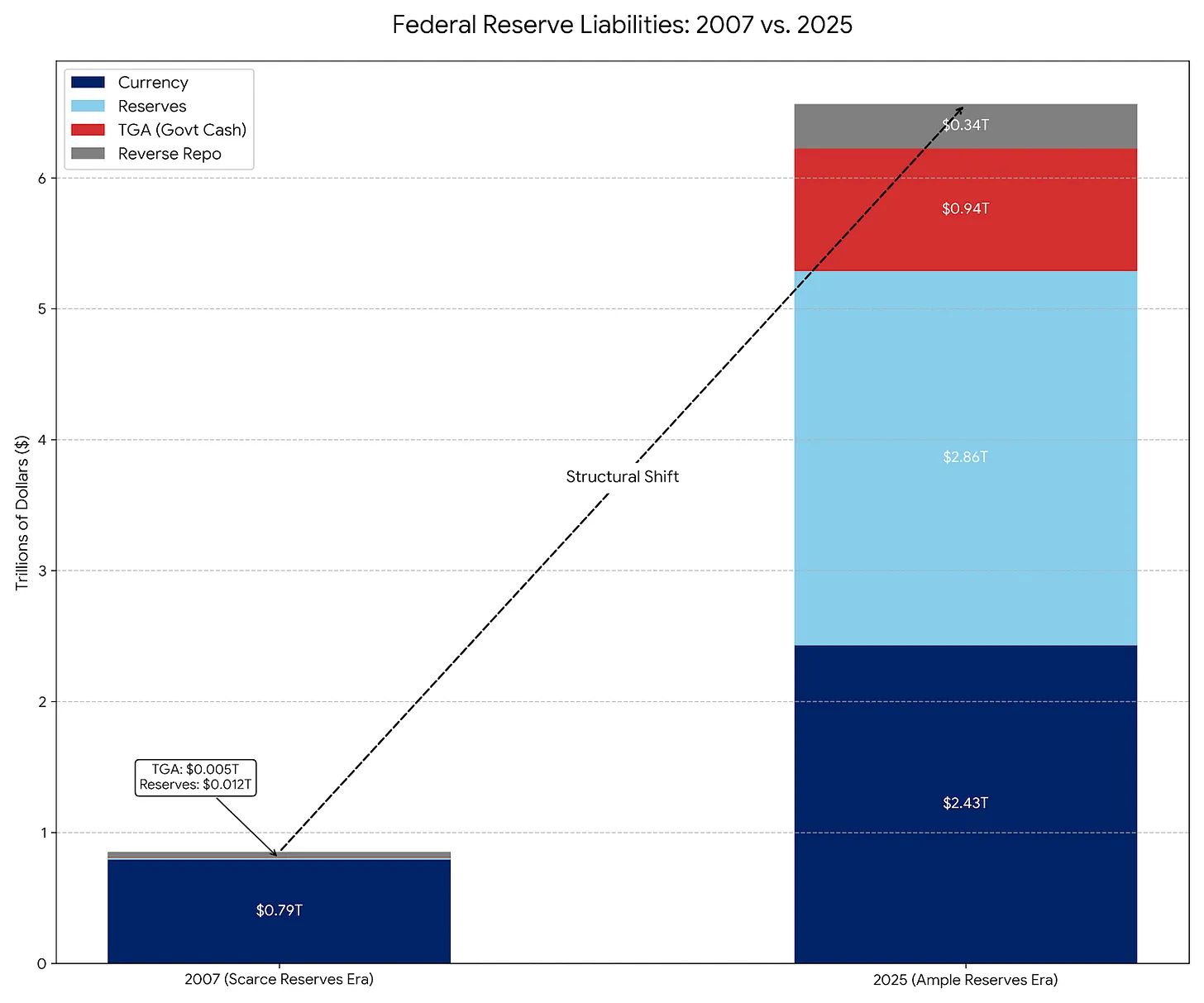Controversy Surrounds Base Token Plan Amid Shareholder Value Concerns
Debate Surrounds Base Network's Native Token as Analysts Predict Airdrop for Long-Term Ecosystem Growth
Key Points
- Founder of Base network, Jesse Pollak, prompts discussions about a potential native Base token launch.
- Opinions vary on the token’s purpose and who would benefit most from it.
Jesse Pollak, the founder of Ethereum’s most profitable Layer-2, Base network, recently sparked a conversation about the potential launch of a native Base token.
His post quickly garnered attention from the crypto community, leading to debates about the token’s purpose and potential beneficiaries.
First Blockchain Token by a Publicly Traded Company
AJC, a researcher at Messari, pointed out that if the Base airdrop happens, it would be the first blockchain token launched by a publicly traded company, namely Coinbase .
Traditionally, token generation events (TGEs) are used to provide liquidity for private investors and founding teams, aiming to maximize launch value over long-term project stability.
However, AJC argues that the case of the Base token is fundamentally different.
As Coinbase is a publicly traded company, any token distribution must benefit its shareholders.
AJC explained that shareholders would not willingly relinquish control of the BASE token unless it enhances the overall value of Coinbase’s equity.
Therefore, according to AJC, the design of the new crypto token should increase shareholder value while also rewarding the Base community.
Community Advocates for Equitable Launch
Another crypto commentator echoed this sentiment, urging Pollak to reward developers who are building on-chain apps and assets, and active users contributing to the ecosystem.
Investor and entrepreneur Hnwcrypto suggested that the Base token should be released before the end of 2025 to take advantage of favorable market conditions.
He proposed a fair, community-driven model, while avoiding the hype-driven volatility often associated with launches.
He also suggested rewarding Farcaster users, ensuring equitable access for investors, and introducing a mascot to strengthen the token’s identity.
Anticipation Builds Around Potential Airdrop
In September, Coinbase CEO Brian Armstrong confirmed that the exchange is “exploring” a native token, reversing its earlier stance of having no such plans.
This announcement fueled speculation of an airdrop, similar to previous Layer-2 launches like Optimism and Arbitrum.
Analysts predict that the airdrop, if it happens, will likely reward early participants who bridged assets, interacted with on-chain apps, and supported the Base community.
Disclaimer: The content of this article solely reflects the author's opinion and does not represent the platform in any capacity. This article is not intended to serve as a reference for making investment decisions.
You may also like
Ultiland: The new RWA unicorn is rewriting the on-chain narrative of art, IP, and assets
Once attention forms a measurable and allocatable structure on-chain, it establishes the foundation for being converted into an asset.

Crypto 2026 in the Eyes of a16z: These 17 Trends Will Reshape the Industry
Seventeen insights about the future summarized by several partners at a16z.
The Federal Reserve's $40 billion purchase of U.S. Treasuries is not the same as quantitative easing.
Why is RMP not equivalent to QE?

